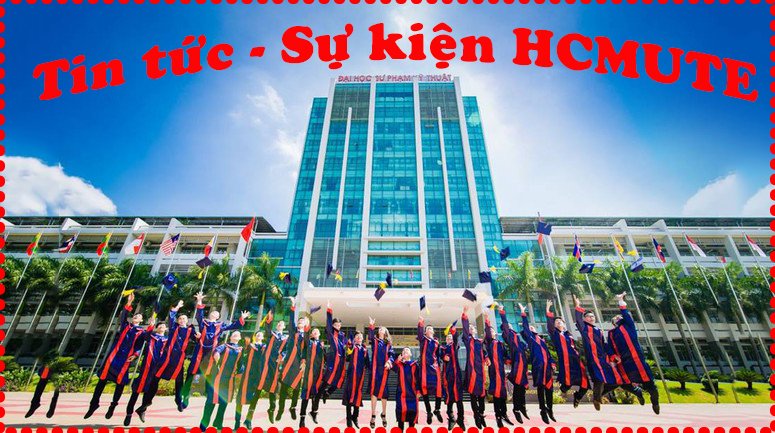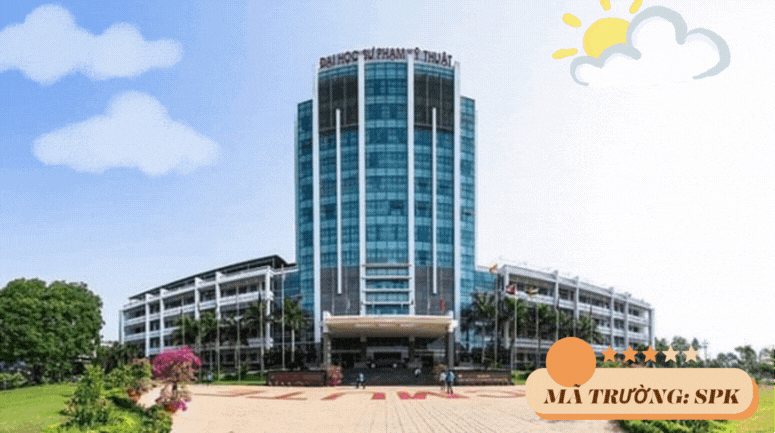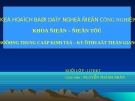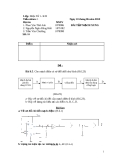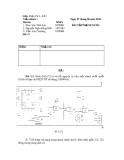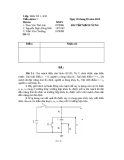Tài liệu Thư viện số
- Giáo trình SPKT (422 )
- Luận văn, luận án (2957 )
- Đồ án, khóa luận tốt nghiệp (10501 )
- Tài liệu tham khảo (1350 )
- BC nghiên cứu khoa học (1587 )
- Kỷ yếu hội thảo (12 )
- Tạp chí khoa học (62 )
- Luật (349 )
- Cơ khí chế tạo máy (2345 )
- Điện - Điện tử (4378 )
- Cơ khí động lực (1242 )
- Xây dựng - Kiến trúc (3233 )
- Thực phẩm, Môi trường (1083 )
- Công nghệ thông tin (3074 )
- Kinh tế - Quản lý (4138 )
- In - Truyền thông (382 )
- CN May - thời trang (832 )
- Nghệ thuật - Ẩm thực (1516 )
- Nông - Lâm - Ngư Nghiệp (763 )
- Y học - Sức khỏe (620 )
- Khoa học xã hội (3535 )
- Lịch sử - Địa lý - Du lịch (492 )
- Khoa học tự nhiên (2101 )
- Văn học (2585 )
- Ngôn ngữ (4289 )
- Khoa học ứng dụng (406 )
- Thông tin Tuyển sinh (61 )
- Thông tin -Thư viện (418 )
- Thể loại khác (1376 )
Danh mục TaiLieu.VN
- Mẫu Slide Powerpoint
- Kinh Doanh Marketing (39649)
- Kinh Tế - Quản Lý (31934)
- Biểu Mẫu - Văn Bản (124220)
- Tài Chính - Ngân Hàng (22960)
- Công Nghệ Thông Tin (60586)
- Tiếng Anh - Ngoại Ngữ (9365)
- Kỹ Thuật - Công Nghệ (51843)
- Khoa Học Tự Nhiên (27538)
- Khoa Học Xã Hội (45846)
- Luật - Kinh tế luật (5824)
- Văn Hoá - Thể thao - Du Lịch (73828)
- Y - Dược - Sức Khoẻ (85774)
- Nông - Lâm - Thuỷ sản (18771)
- Luận Văn - Báo Cáo (318180)
- Tài Liệu Phổ Thông (394422)
- Trắc Nghiệm Online (213578)
- Trắc Nghiệm MBTI
- Trắc Nghiệm Holland
Process Control: theory and applications
This textbook introduces the topics and theories of process control step-by-step in increasing complexity, making the learning of detailed techniques and algorithms easier. Whether you are a student starting in control, or an industrial engineer who, at present, only has cursory contact with control, the initial classical approach to continuous control by transfer functions will be of enormous benefit. The more advanced material on discrete control and state-space control, as well as nonlinear control and observers, requires minimal previous knowledge, assisting you to move more easily to the use of high-performance techniques. A range of identification and control methods applicable to industrial processes are accompanied by practical examples, allowing readers to learn the subject both broadly and in depth. The expanded second edition of Process Control explores and introduces detailed topics, such as: new sections on tuning rules for feedback controllers; ne w sequences for parameter identification such as multi-level and multisinusoidal sequences; improved presentation of optimal control with dynamic optimization and model predictive control; deeper coverage of applications of nonlinear geometric control; expanded coverage of state observers, introducing the unscented and ensemble Kalman filters, the particle filter, the bootstrap filter, and providing more profound treatment of the Luenberger observer and high-gain observer; and more examples of process control. The book helps students to learn by using worked examples throughout the text, along with a downloadable solutions manual for the convenience of instructors. The broad coverage creates an important synthesis of the majority of aspects of process control, which gives a complete view of control theory and possible applications within the field, making the book accessible to engineers and academic researchers alike.
Call no. : 629.8 C825
Call no. : 629.8 C825
Từ khóa: Chemical engineering, Computational intelligence, Control engineering, Industrial safety, Quality control, Reliability
14 p ovanketv4 08/06/2022 807 3
Bạn đang xem trang mẫu tài liệu này.

